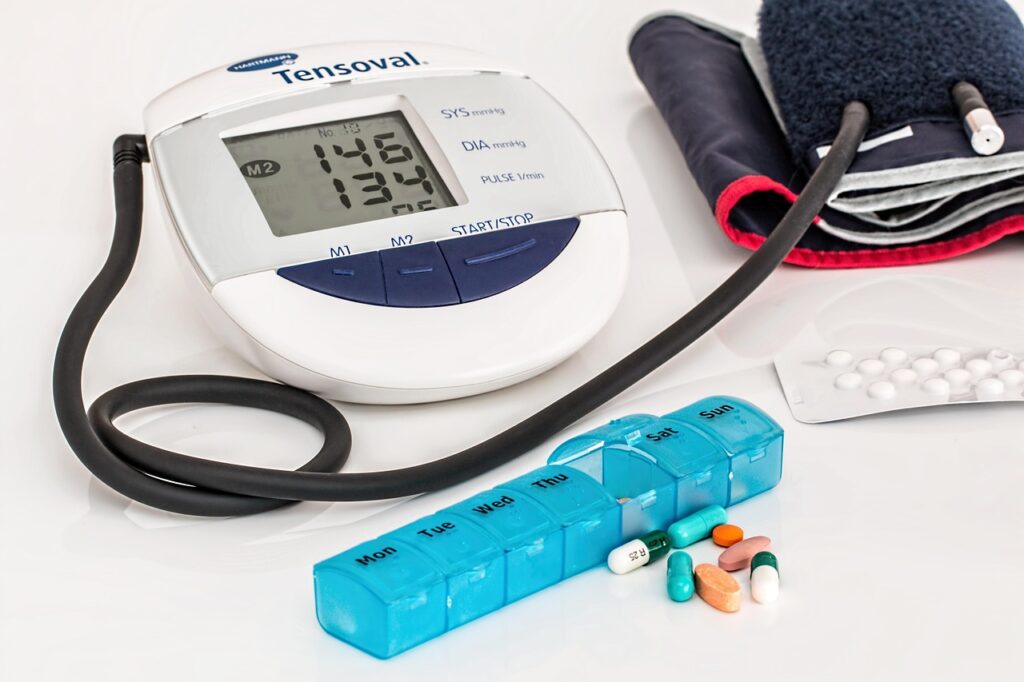
Comprehending Material Wealth
Tangible assets with worth that can support a person’s or a country’s financial stability are referred to as physical wealth. These consist of land, machinery, real estate, precious metals like gold and silver, and personal belongings like cars and equipment. Physical wealth, as opposed to digital or financial assets, is rooted in the actual world and frequently provides stability in uncertain economic times.
Physical Assets’ Contribution to Wealth Creation
Physical wealth can act as a hedge against depreciation of the currency and inflation. Real estate, for instance, offers both potential income and shelter and has a tendency to increase in value over time. Historically, gold and other precious metals have been viewed as safe havens during market downturns. These assets, like farmland that produces food or instruments that facilitate labor, can also be employed productively or to provide passive revenue.
Juggling material and monetary wealth
Even if tangible goods have value, depending only on them may restrict flexibility and liquidity. To guarantee accessibility and growth, a well-balanced wealth portfolio should contain both financial and tangible assets, such as equities or savings. Physical wealth must also be maintained and secured via constant responsibility, from insurance to property upkeep. However, using physical assets in a financial strategy can offer long-term stability and a solid basis for future success.
Author: Mohamed Yasin



